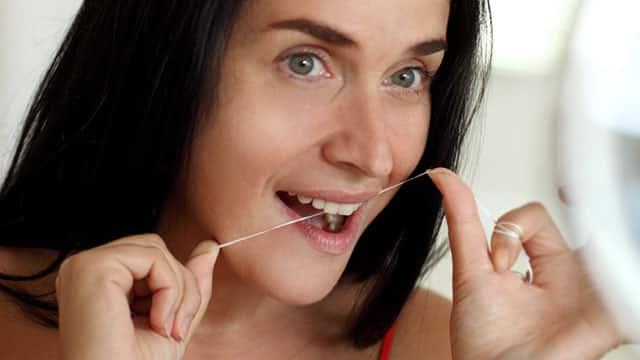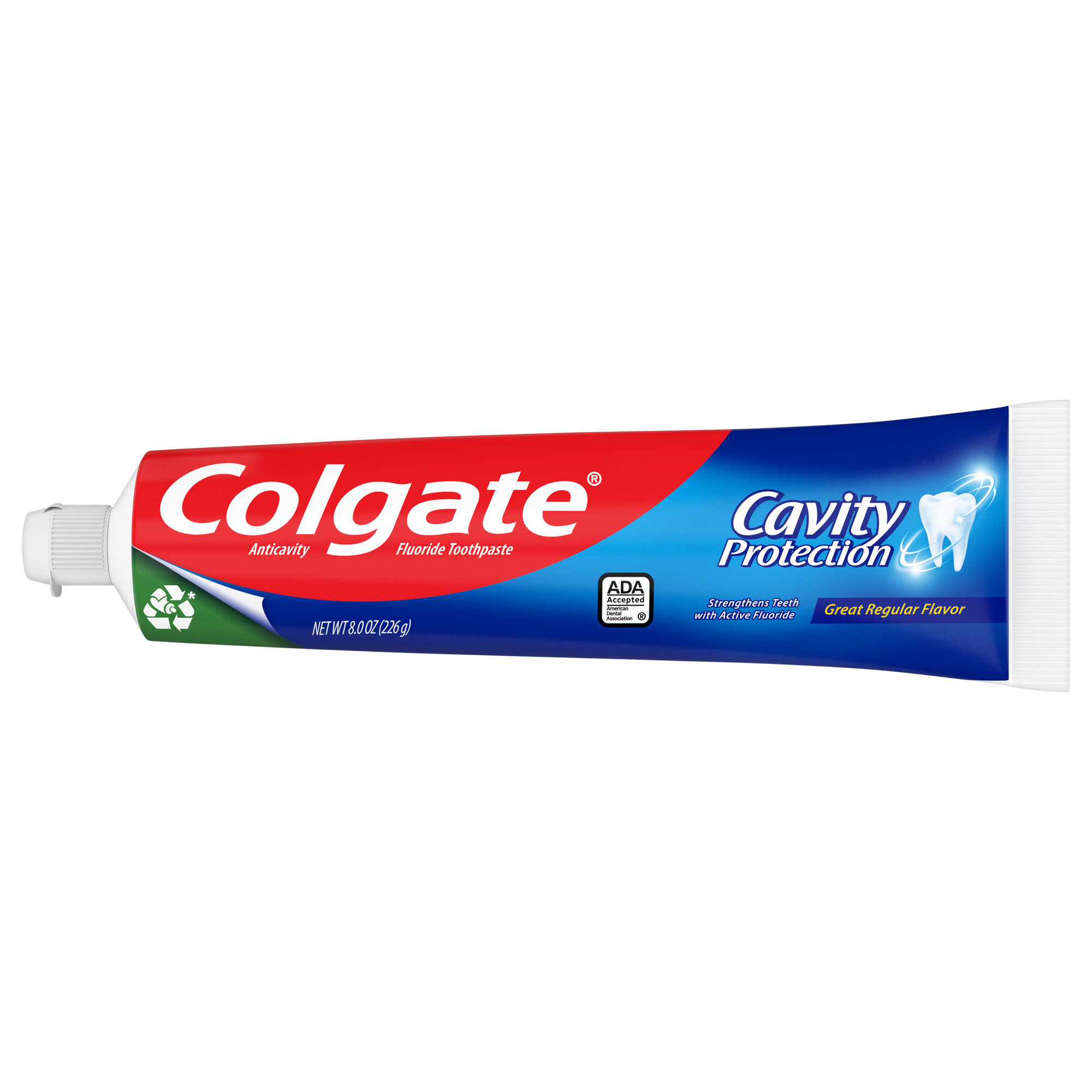Natural Bumps on the Tongue
Papillae are the small, natural bumps that cover the surface of the tongue. The four types of papillae are:
- Filiform
- Fungiform
- Circumvallate
- Foliate
All of the types except filiform contain taste buds. Filiform papillae mostly appear at the back and center of the tongue, fungiform papillae are located on the sides and tip, circumvallate papillae appear at the back of the tongue and foliate papillae sit just in front of them and on the sides of the tongue.
Causes of Enlarged Tongue Bumps
Circumvallate and foliate papillae are normally large enough to be seen with the naked eye, but sometimes a papilla grows unusually large due to irritation or inflammation. This condition is called transient lingual papillitis. An accidental bite to the tongue or irritation from foods or chemicals can cause enlarged papillae. Transient lingual papillitis may also be caused by nutritional deficiencies, smoking, alcohol consumption, plaque build-up or dental appliances. The condition is temporary and often resolves on its own.
Tongue bumps can appear as blisters, ulcers and lumps. According to the Merck Manual, other causes of bumps on the tongue include canker sores, bacterial infections, oral herpes, allergies, immune system disorders and oral cancer. A bump can also develop on the side of the tongue in the space created by a missing tooth. Although most cases of bumps on the tongue are harmless, unexplained white or red areas, sores or hard lumps on the tongue should be examined by a medical professional as soon as possible.
Prevention
You can prevent tongue bumps by avoiding the triggers that cause them. Take care when chewing your food and wear a mouth guard while playing sport to avoid accidentally biting your tongue. Avoid eating foods that cause mouth irritation to lower your chances of developing enlarged papillae. Maintain a good oral care routine, including brushing your tongue when you brush your teeth.
Healing Time
Treatment is rarely necessary for most cases of tongue bumps, including mouth ulcers and enlarged papillae due to tongue injury. Drinking plenty of water and rinsing with warm salt water can assist the healing process. Topical over-the-counter treatments like oral numbing gels and mouth ulcer medication may help numb any discomfort. However, if the condition persists for longer than a week or becomes more severe, visit a dental professional for an evaluation.
Bumps on the tongue can be annoying and tedious, but most bumps are harmless and disappear without any treatment. See a medical professional if you have a bump on your tongue that doesn't go away or that gives you another cause for concern.
Oral Care Center articles are reviewed by an oral health medical professional. This information is for educational purposes only. This content is not intended to be a substitute for professional medical advice, diagnosis or treatment. Always seek the advice of your dentist, physician or other qualified healthcare provider.
ORAL HEALTH QUIZ
What's behind your smile?
Take our Oral Health assessment to get the most from your oral care routine
ORAL HEALTH QUIZ
What's behind your smile?
Take our Oral Health assessment to get the most from your oral care routine
















